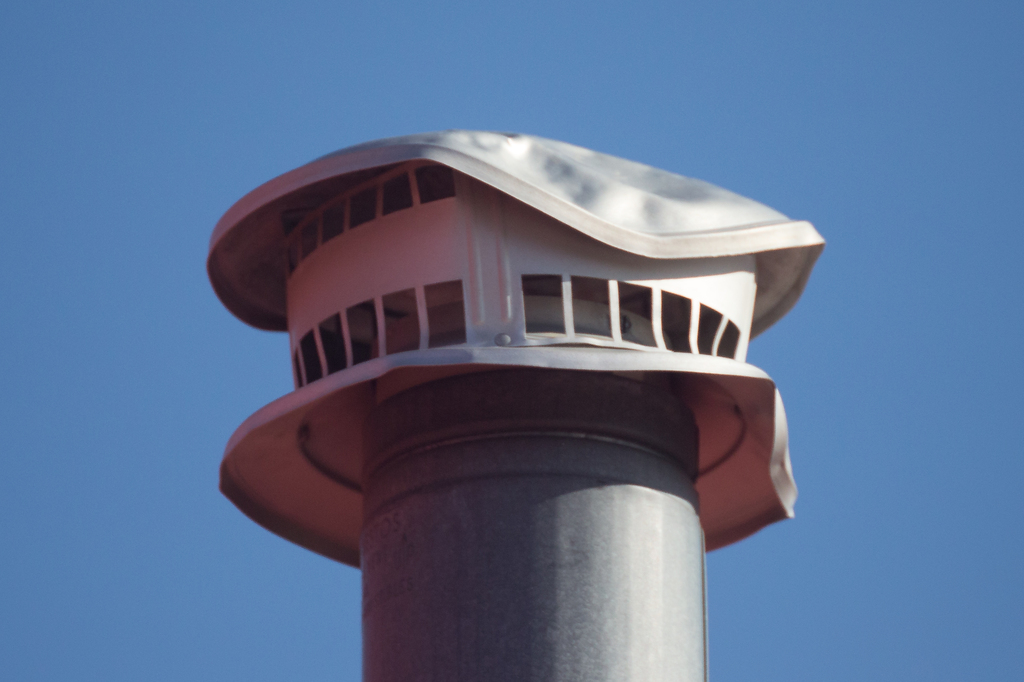
More images are available for Thursday, June 6th, 2013
600mm Test
| Some fun with the Sigma 600 mm ƒ/8 catadioptric lens. This is hail damage on one of my house's plumbing vents. Gives you an idea of what can happen, for instance, to a car. EXIF:
|
| 1:1250 Ships - Amiga - Animations - Aquarium - Arcade - Art - Astro - Audio - Aurora - B&W - Ben - Cars - Cathouses - Cats - Clouds - Comics - Comets - Crepuscular - Dollhouses - Deb - Deer - Designs - DTank - Eclipses - Family - Fireworks - Florida - Fog - Food - Friends - Gear - Ham Radio - Horses - Humor - Infrared - IROC - iToolBox - James Blish - Judy - Library - Meezers - Milford - Minerals - Models - Montana - Moon - Morphing - Motorcycles - Music - OSX - Pareidolia - Pickles - Pinups - Pizza - Portraits - Radios - Rainbows - Recipes - ReFlex - Restorations - Science Fiction - SdrDx - Shortwave - Spaghetti - Stained Glass - Storms - Sunbeams - Sunrises - Sunsets - Superstition - |